Thomas Konrad
Software Security 101: Secure Coding Basics
#1about 15 minutes
Understanding core software security principles and terminology
Key concepts like the CIA triad, technical debt, and design principles provide a shared language for discussing security.
#2about 19 minutes
Evaluating programming languages for security features
Criteria like memory safety, type strictness, and sandbox support help in selecting a language that mitigates entire classes of vulnerabilities by design.
#3about 13 minutes
Implementing secure input and output handling
Proper input validation, canonicalization, sanitization, and context-sensitive output encoding are crucial for preventing injection attacks.
#4about 5 minutes
Avoiding pitfalls in low-level languages and enforcing access control
Low-level languages require manual bounds checking to prevent buffer overflows, while complete mediation ensures access control is checked on every request.
#5about 8 minutes
Applying cryptography and managing user sessions securely
Use standard, well-vetted cryptographic libraries and follow best practices for session management to protect data and user identity.
#6about 9 minutes
Handling concurrency to prevent data integrity issues
Race conditions can lead to data integrity problems, which can be mitigated using techniques like entity versioning or resource locking.
#7about 12 minutes
Understanding common web and API vulnerability classes
Familiarity with lists like the OWASP Top 10 and CWE Top 25 helps in creating targeted protection strategies for specific vulnerabilities like cross-site scripting.
#8about 5 minutes
Managing third-party software dependencies for security
Automating dependency checks for known vulnerabilities is essential because third-party libraries often constitute the majority of an application's code.
#9about 7 minutes
Integrating security into the software development lifecycle
Using a maturity model like OWASP SAM helps shift security left by incorporating activities like threat modeling early in the design phase.
#10about 19 minutes
Key takeaways and resources for continuous security learning
Cultivate a culture of continuous learning by using resources like OWASP Juice Shop and focusing on understanding the entire technology stack.
Related jobs
Jobs that call for the skills explored in this talk.
Featured Partners
Related Videos
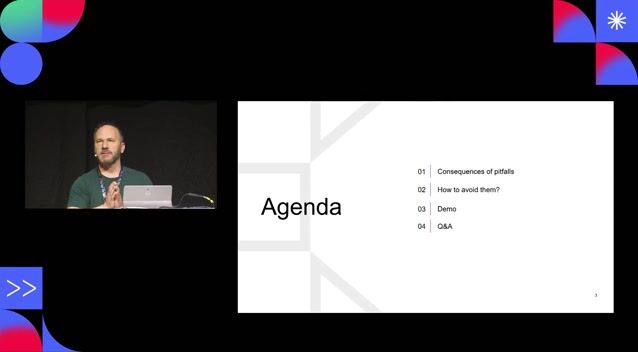 27:32
27:32Security Pitfalls for Software Engineers
Jasmin Azemović
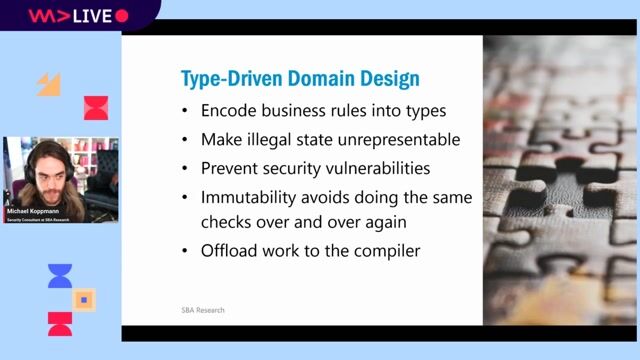 58:19
58:19Typed Security: Preventing Vulnerabilities By Design
Michael Koppmann
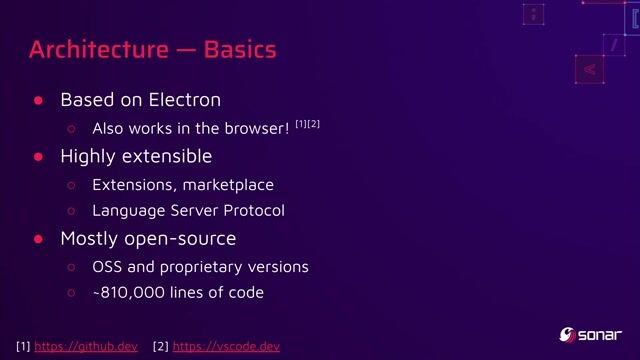 29:47
29:47You click, you lose: a practical look at VSCode's security
Thomas Chauchefoin & Paul Gerste
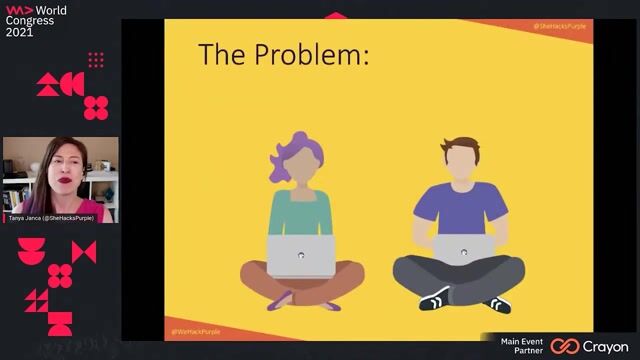 48:02
48:02Building Security Champions
Tanya Janca
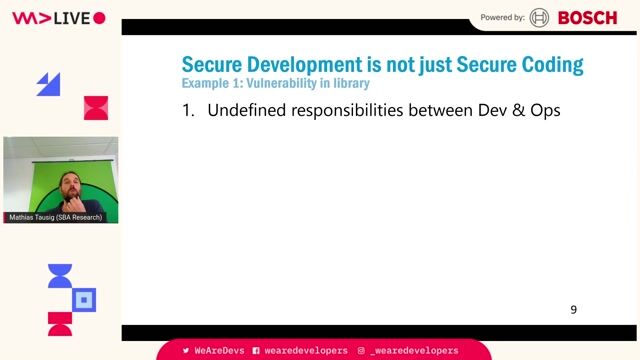 1:41:05
1:41:05Maturity assessment for technicians or how I learned to love OWASP SAMM
Mathias Tausig
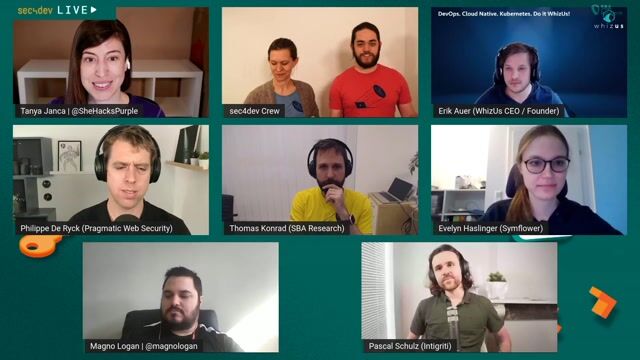 51:41
51:41Climate vs. Weather: How Do We Sustainably Make Software More Secure?
Panel Discussion
 29:34
29:34You can’t hack what you can’t see
Reto Kaeser
 33:29
33:29Programming secure C#/.NET Applications: Dos & Don'ts
Sebastian Leuer
From learning to earning
Jobs that call for the skills explored in this talk.
Cyber Security Fundamentals Online Training (York)
ITonlinelearning
York, United Kingdom
€39K
Network Security
Introductory Cyber Protection Bootcamp (Waltham Forest)
ITonlinelearning
London, United Kingdom
€58K
Network Security
Cyber Security Starter Course (Basildon)
ITonlinelearning
Basildon, United Kingdom
€36K
Network Security
Cyber Security Starter Course (Cambridge)
ITonlinelearning
Cambridge, United Kingdom
€38K
Network Security
Cyber Security Pathway for Beginners (Southampton)
ITonlinelearning
Southampton, United Kingdom
€38K
Network Security
Cybersecurity Beginners Bootcamp (Blackburn)
ITonlinelearning
Blackburn, United Kingdom
€47K
Network Security





